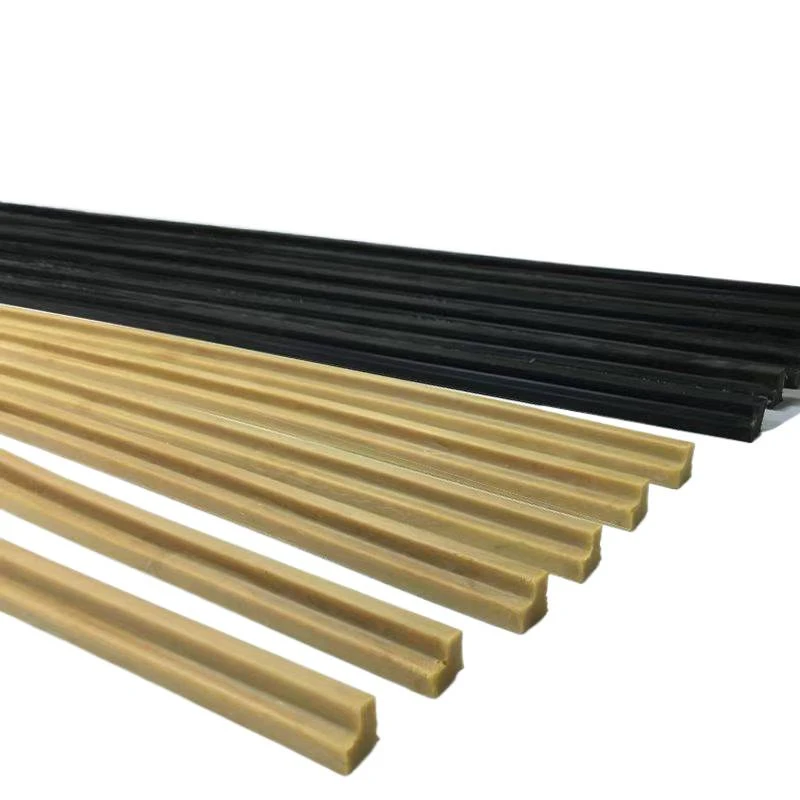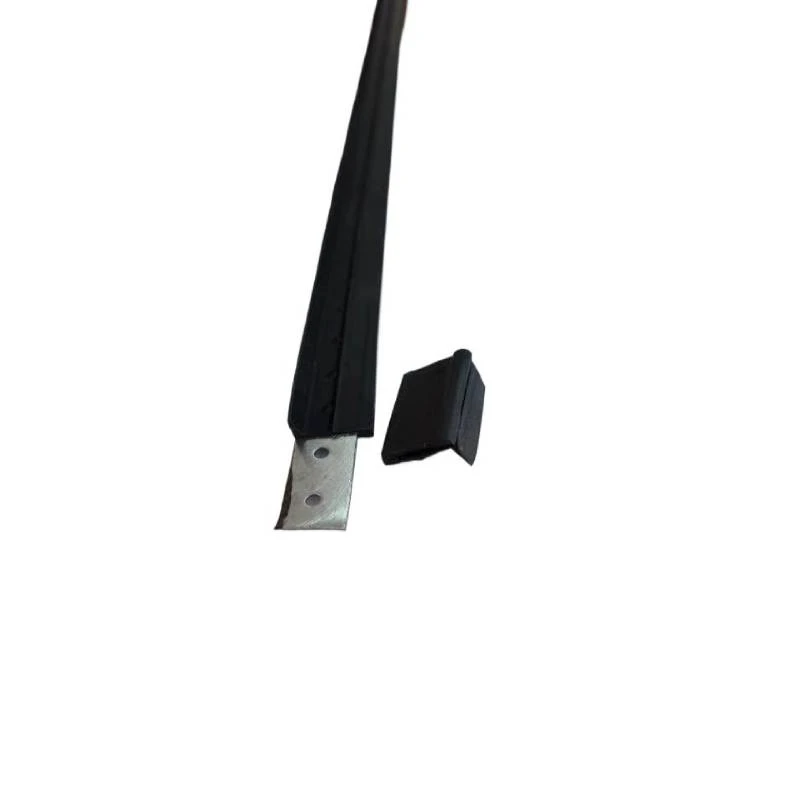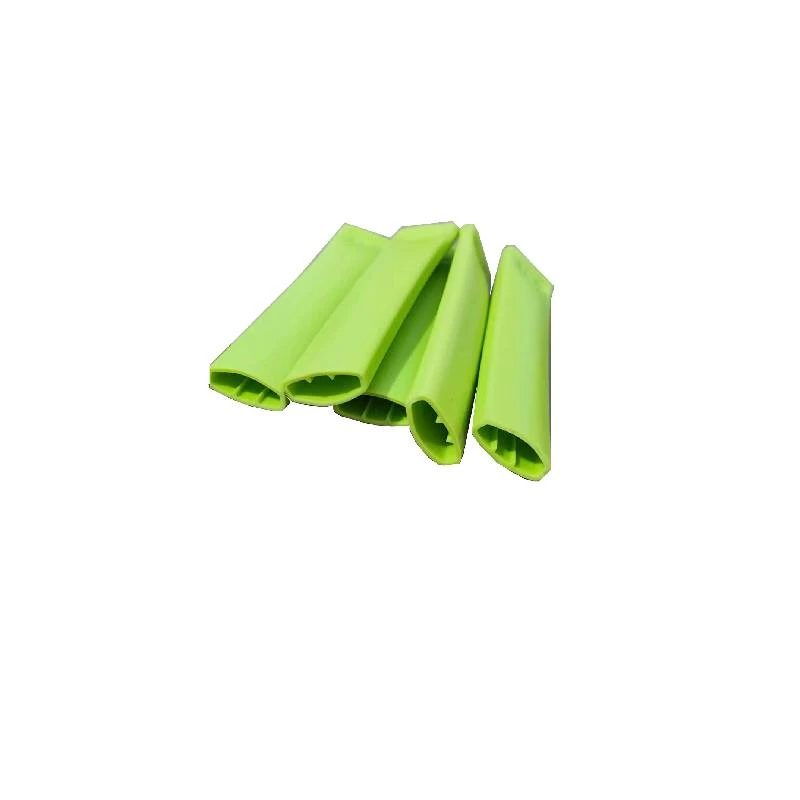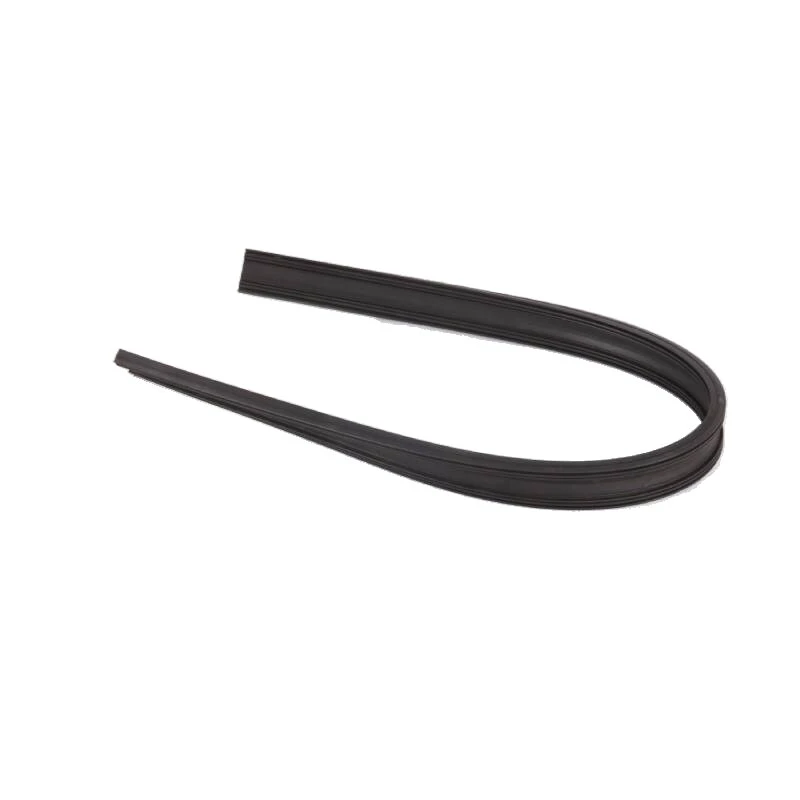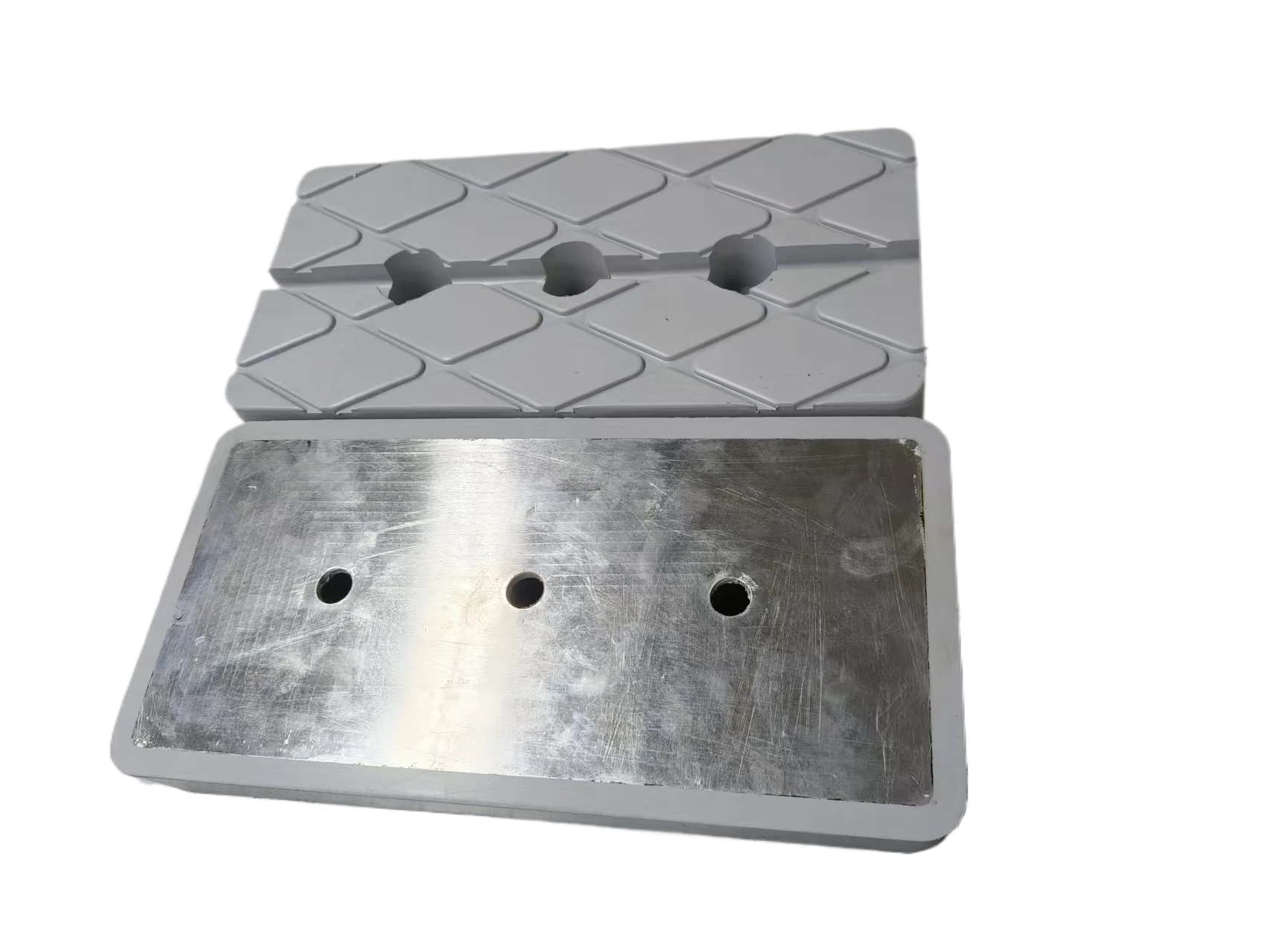Small Rubber Sleeves - Durable, Precision Fit, Custom Sizes
A Field Guide to Small Rubber Sleeves for Real-World Engineering
If you build machines for a living, you know the little parts often decide the uptime. I’ve seen it on factory floors from Wuxi to Warsaw: a humble sleeve keeping grit, oil, and vibration at bay. And yes, I’m talking about Small Rubber Sleeves—the quiet bodyguards for wires, tubes, shafts, and sensor junctions. Interestingly, many buyers pair them with skeleton oil seals for rotating interfaces. Our team in Hebei (manufactured at No. 228 North Street, Gaobeidian City, Hebei Province) makes both, which keeps sourcing tidy.
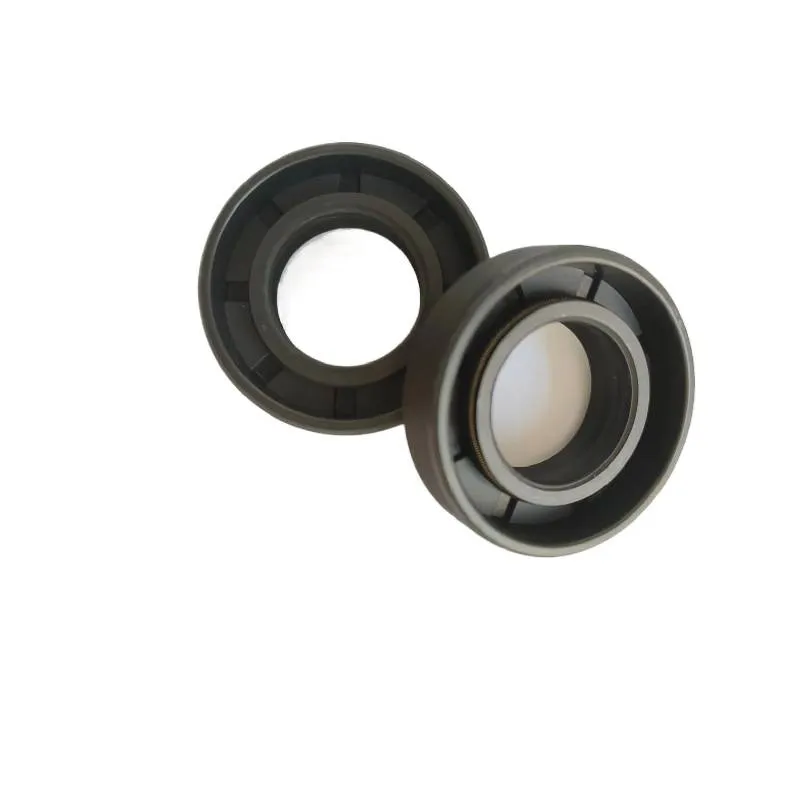
Industry trends (what engineers actually ask for)
- Materials that handle mixed duty: oil splash + ozone + heat cycles.
- Tighter tolerances (ISO 3302-1 M2/M1) for push-fit assemblies.
- Cleaner chemistries: RoHS/REACH compliance; FDA-grade silicone for food/lab lines.
- Traceability and test data on durometer, tensile, compression set.

Typical applications
You’ll see Small Rubber Sleeves in automotive harness pass-throughs, valve stem protection, lab tubing guards, robotics cable strain relief, and as sacrificial abrasion covers on pneumatic lines. In rotating systems, sleeves often partner with oil seals—our Skeleton Oil Seal line is a frequent companion—to keep contamination out and lube in.
Specs that matter (and why)
| Parameter | Typical Range / Option (≈ values; real-world use may vary) |
|---|---|
| Materials | NBR, FKM (Viton), EPDM, Silicone, HNBR |
| Hardness | Shore A 50–90 (ASTM D2240) |
| Temp Range | NBR: −30 to +120°C; FKM: −20 to +200°C; EPDM: −40 to +150°C; Silicone: −60 to +200°C |
| Tolerances | ISO 3302-1 M2 (M1 available on request) |
| Oil Resistance | ASTM D471 swell ≤10% (NBR/FKM) |
| Mechanical | Tensile 8–14 MPa; Elongation 200–400% (ISO 37) |
| Certifications | ISO 9001; RoHS/REACH; optional FDA 21 CFR for silicone |

Process flow (how we keep them consistent)
Material selection (ASTM D2000 line call-out) → mixing & QC → compression/injection molding → post-cure (esp. FKM/silicone) → cryogenic deflashing → 100% visual + random dimensional checks → oil-immersion/aging tests → packing. Service life? Around 20,000–50,000 hours in moderate-duty; harsh oil + heat cycles shorten that, to be honest.
Test highlights: compression set 15–25% @ 70 h/100°C (ASTM D395 B), durometer ±3 Shore A, and immersion mass change logged per ASTM D471. Many customers say the stability over time is the real win.
Vendor snapshot (what to compare)
| Vendor | Lead Time | Certs | Customization | Price Index |
|---|---|---|---|---|
| Hebei Plant (our sleeves + skeleton oil seals) | ≈ 2–4 weeks | ISO 9001, RoHS/REACH | Tooling, colors, laser marks, tight M1 | $$ (balanced) |
| Generic Trader | ≈ 3–6 weeks | Varies | Limited | $ |
| Overseas Premium | ≈ 6–9 weeks | Broad (incl. FDA/USP on request) | Extensive | $$$ |
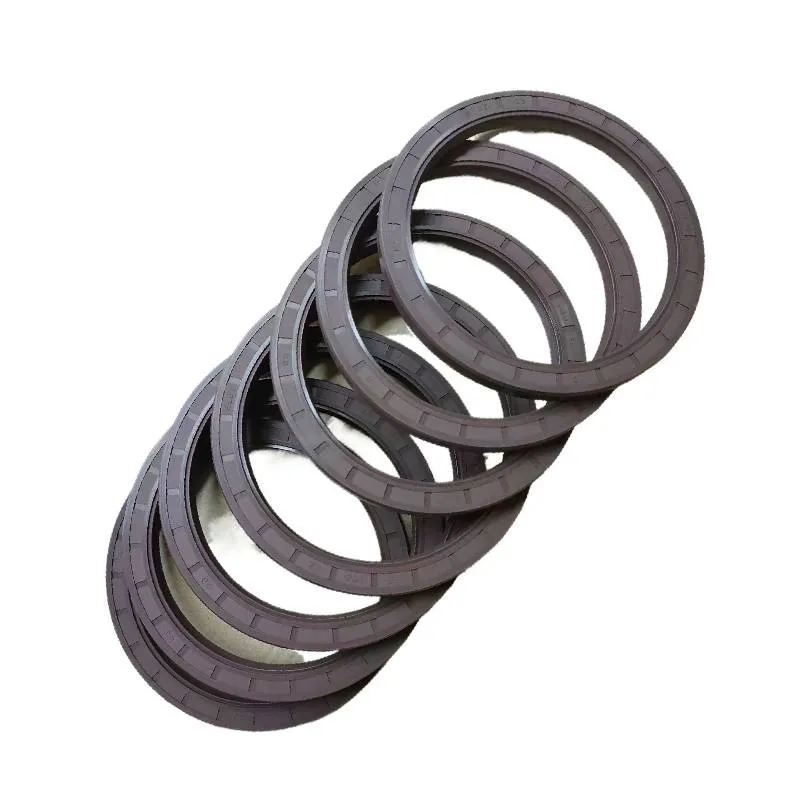
Customization and quick wins
- Color coding by circuit or media line (yes, maintenance loves this).
- Tabbed ends or chamfers for faster assembly.
- Co-molded ridges to pair with skeleton oil seals for splash zones.
Mini case notes
Small Rubber Sleeves in a food-packaging retrofit: FDA silicone sleeves cut unplanned downtime by ~18% over 6 months; operators mentioned “less nicking during changeovers.”
Construction OEM: NBR sleeves shielding hydraulic sensor leads at 110–120°C with oil mist. After 1,000 hours, oil swell measured 6.8% (ASTM D471), still within spec—surprisingly robust.
Final thought: sleeves are simple, but specifying them well—material, tolerance, and test plan—pays for itself. Pair with the right oil seal and you’ve quietly removed a failure mode.
Authoritative references
- [1] ASTM D2000: Standard Classification System for Rubber Products.
- [2] ISO 3302-1: Rubber — Tolerances for products.
- [3] ASTM D471: Standard Test Method for Rubber Property—Effect of Liquids.
- [4] REACH Regulation (ECHA) and EU RoHS guidance.
-
Plastic Pelton Wheel – Lightweight, Cost-Effective Hydropower SolutionsNewsNov.24,2025
-
Durable and Cost-Effective Plastic Sheave Wheels for Modern IndustryNewsNov.24,2025
-
Plastic Spoke Wheel – Lightweight, Durable Wheels for Global Mobility SolutionsNewsNov.24,2025
-
Plastic Stem Casters: Durable, Cost-Effective Mobility Solutions for Every IndustryNewsNov.24,2025
-
Plastic Wheel Roller: Durable, Lightweight Solutions for Modern IndustryNewsNov.24,2025
-
Plastic Wheelchair Wheels: Durable, Affordable Mobility Solutions WorldwideNewsNov.24,2025
-
Small Plastic Casters – Durable, Lightweight Wheels for Global MobilityNewsNov.24,2025




